Many of our retreat visitors have an interest in psilocybin for its anti-inflammatory properties or its ability to stimulate neuroplastic changes. This article is a comprehensive guide to the Burst and Pulse technique, a great way to leverage the effects of psilocybin for maximum impact on pain and inflammation. Reducing neuroinflammation can have a plethora of benefits from reducing pain, tinnitus, and brain fog, all the way to potentially preventing and treating symptoms of dementia. Stimulating neuroplasticity can help regrow neural connections lost from being in a depressive, chronic pain state and may help reduce central sensitization associated with chronic pain.
I am not going to completely gloss over the idea of taking psilocybin for the meditative or spiritual aspects of the experience, though they will take the back seat in this article. There is no doubt that there are certain pleasant sensations that can come with a psychedelic experience, but this article is only going to focus on the drier medical facts.
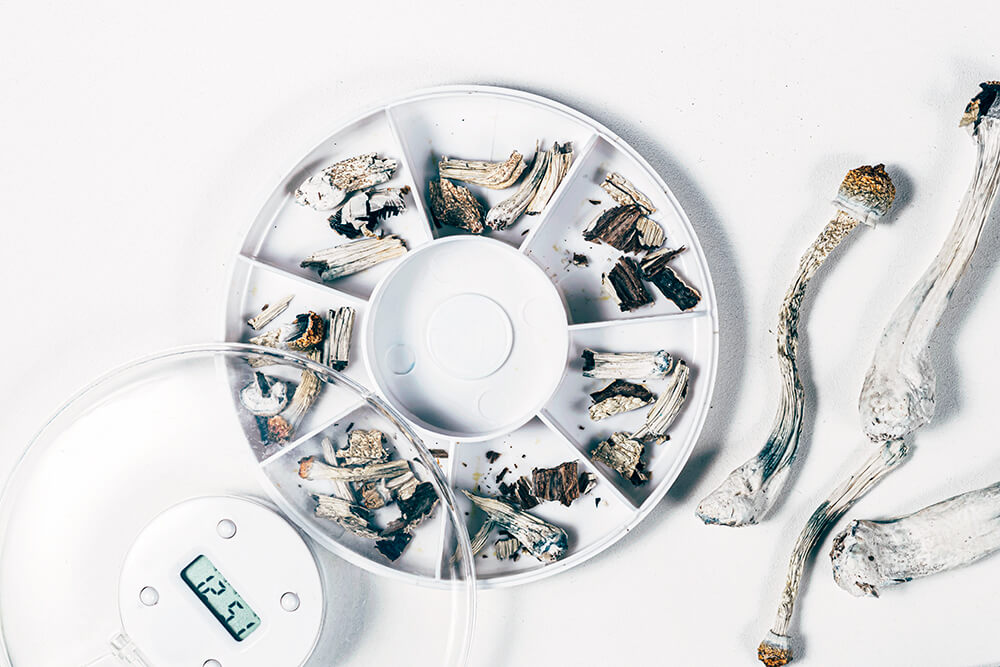
Anti-Inflammatory Properties
Psilocybin is a potent TNFa blocker. TNFa is a type of cytokine, a protein that your body secretes to signal inflammation. When you get an infection or get stung by an insect, the tissue produces cytokines to start the inflammation process. The cytokines are responsible for redness, swelling, and tenderness. Autoimmune conditions like rheumatoid arthritis involve an overproduction of these cytokines. Many neurodegenerative diseases like Alzheimer’s involve a high concentration of these cytokines in the brain. Understanding how psilocybin impacts these cytokines can help you time your doses for maximum impact.
The Down Sides
So, is psilocybin the miracle product? Yes, and no. There are no easy answers here, and I hope you aren’t here on this page looking for easy answers. If someone is giving you an easy answer, you should probably ask yourself what part they are leaving out and start asking some harder questions.
Psilocybin stimulates the serotonin 2A receptor, which causes hallucinations and a state of mind that resembles psychosis, albeit a temporary one. It also stimulates the serotonin 2B receptor, a receptor that is related to heart valve issues if stimulated daily, so there are concerns about daily use. You might have heard of another medication that stimulated the 2B receptor, Fen-Phen, the banned weight loss drug from the 90’s that caused some significant heart valve issues for many patients. Psilocybin is quite safe, even in large amounts, if taken infrequently. The anti-inflammatory effects may even protect users from heart disease. The heart valve issue is only a problem with daily or almost daily use, even in tiny quantities. Sending yourself to a different dimension a couple times a month? Perfectly safe.
Though there are no significant studies linking psilocybin to heart valve issues, there are however significant studies linking other medications with serotonin 2B affinity to these issues. It is just common sense to conclude that if it walks like a duck, quacks like a duck, and looks like a duck, you should treat it like a duck and proceed with caution. The only protocols that call for almost daily psilocybin dosing are microdosing protocols, and at this point these protocols have not performed any better than placebo in the few studies that have been performed. In fact, placebo groups have performed better than some microdosing groups on occasion. Based on this data, I don’t think it is even worth it to risk the possibility of valve issues by microdosing multiple times a week.
This brings us to the obvious second point. Psilocybin causes hallucinations and a state of mind that resembles psychosis, which can make it a difficult substance to use for many who need it for medicinal purposes. It resembles it so closely in fact that classic psychedelics were used to study and models of psychosis in the 50’s. This can make it a challenging therapeutic option to say the least. Want to feel better? Well, first you’re going to have to go crazy for a few hours.
Are you confused yet? If you are, I don’t blame you. Psilocybin is complicated. In fact, all of these medications related to inflammation are complicated. Prednisone or dexamethasone can save your life, but if taken for too long they can cause your hip bones to die from the inside. Humira can be a miracle drug that will stop your colitis in its tracks, but it can also allow a latent tuberculosis infection to run rampant and kill you. Psilocybin can reduce the inflammation that leads to neurodegenerative disease and heart disease, but if taken daily it could cause heart valve issues. Would it be nice to have someone with an MD behind their name to figure all this out for us on an individual basis and prescribe as appropriate? I think it would. If the average person had access to prednisone and antibiotics without guidance of a doctor, I think more of us would be walking around with antibiotic resistant infections and hip replacements. Some medications are just complicated and involve complicated mechanisms. The human body is complicated.
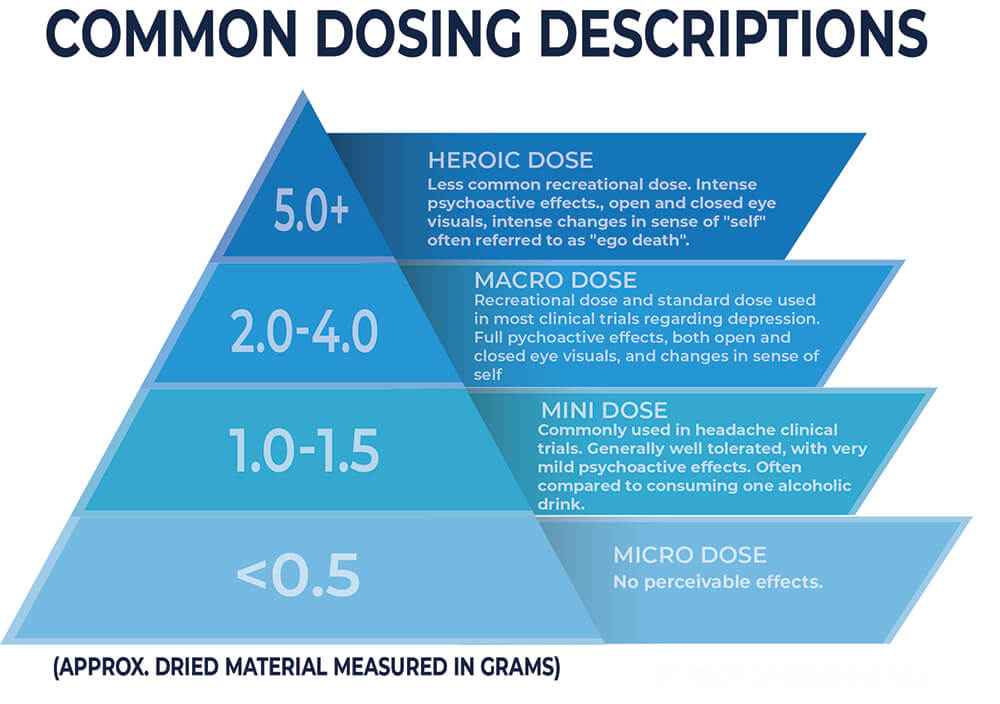
Minimum Dosage
The minimum dosage that has been used in a medical clinical trial is the equivalent of about 1.0 to 1.5 grams of dried mushrooms. A dose like this is probably enough to achieve the anti-inflammatory effects. Clinical trials related to cluster headaches and migraine have shown that this dose is enough to have a therapeutic impact when taken at certain intervals. This dosage is generally not enough for an intense psychedelic experience, but an intense psychedelic experience is not needed for this type of therapeutic impact.
Why go higher?
The doses used at Johns Hopkins for their depression studies is the equivalent of 2.5 to 3.5 grams and usually produces a full psychedelic experience. Personally, I found this dose to be a bit uncomfortable when I started this process. It was a dose that was strong enough to cause a trip, but it was not strong enough to separate me from the intense constant headache I was experiencing. 5 grams was my preferred dose while in pain. In fact, I started out at 5 grams and was perfectly comfortable with it. Moving down to 2.5 grams allowed the pain to make the experience extra stressful.
Over time, you may build both tolerance and sensitivity to psilocybin, but the whole process is quite counterintuitive. Repetitive dosing within a short period of time will build tolerance. But repetitive dosing over an extended period seems to build sensitivity. Your brain just gets “better” at tripping. As you build sensitivity, it may take less to reach the same heights, so adjust accordingly. For example, if the higher doses make for a more pleasant experience, go for it. If you have other reasons for wanting to experiment with the changes in proprioception or physical sensations that a higher dose can offer, like mirror therapy or desensitization therapy, also go for it. On the other hand, if you find that a dose that you previously felt comfortable with is now too intense, this means your sensitivity may have increased. You should consider actually reducing your dosage in this situation.
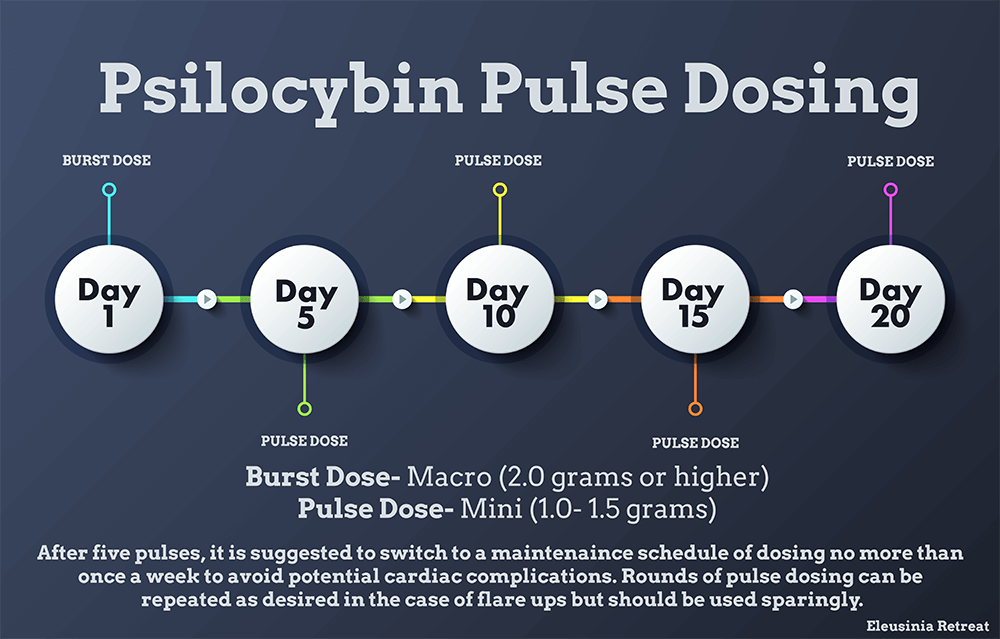
Burst and Pulse Dosing
The most effective way to utilize psilocybin to address inflammation and/or headache conditions is to employ the Burst and Pulse Technique for dosing. This technique starts out with one large dose followed by four subsequent doses five days apart before transitioning into a maintenance schedule.
This technique of starting with a larger dose (“Burst”), while contrary to the popular wisdom in the psychedelic community of “start low and build your way up”, is actually a great place to start especially if you have skilled, experienced support. If you don’t have access to help like this, check out this article for some tips on keeping a psychedelic experience pleasant. It allows you to leverage the psychological benefits of a true macro dose right at the beginning. Some pain conditions do respond better to larger doses and it is definitely an aggressive approach.
Psilocybin makes some temporary changes to certain immune related gene expression. These changes are very short lived, lasting less than a week with their maximum anti-inflammatory effects fading after only three to four days. A great dosing strategy is to pulse your doses at 5-day intervals, so that you are consistently “striking while the iron is hot” to maximize these anti-inflammatory effects.
For example, I like to have the first dose in my series of pulses be a hefty burst dose. To start, I take the maximum amount I feel comfortable with. It provides a bit of tolerance for the following doses that are taken 5 days apart, which can be at a dose level I feel most comfortable with as long as it is above the therapeutic minimum. Constantly using a higher dose can be exhausting, but it can also be a lifesaver if breakthrough pain threatens the experience.
Pulse dosing can be a great, aggressive way to address flare ups of symptoms. While the changes in immune related gene expressions may be temporary, multiple rounds of this activity may result in epigenetic changes. This could result in overall lower propensity for inflammation. After a round of about five pulses, take a break for a couple of weeks and reassess. At this point it is safer for your heart to go on a maintenance schedule of dosing once a week (or less) and perhaps repeating a pulse schedule if there is a flare up. Some clinical trials regarding migraine have reported even better results with their second round of pulses. This is also very similar to the dosing technique used by Clusterbusters for cluster headaches.
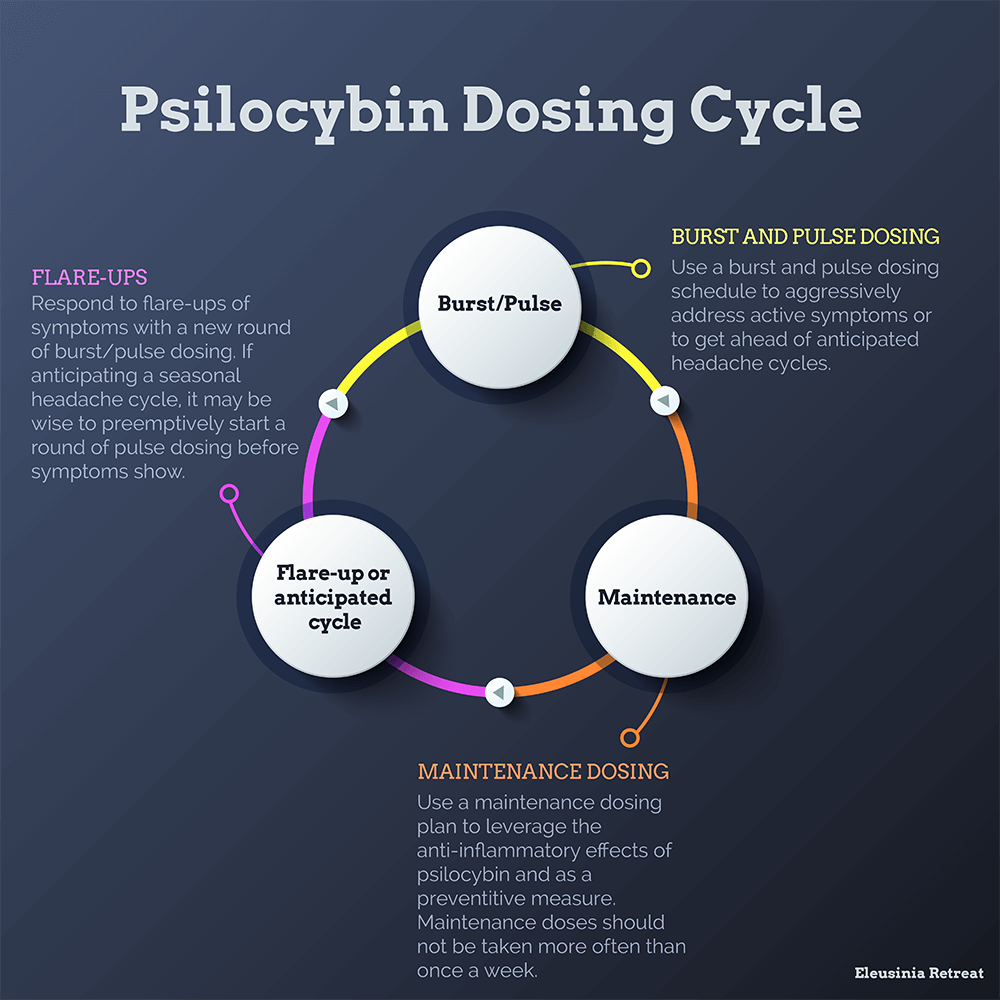

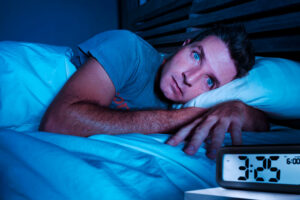

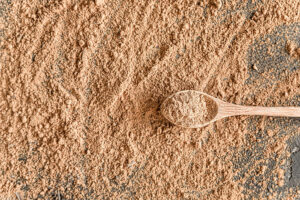
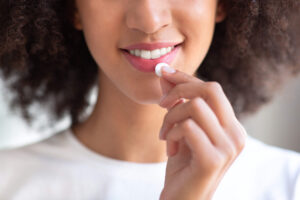

One Response
Thank you for this article. Can you provide information regarding how often one should pulse dose for long lasting inflammation reduction and pain relief? Is there a maintenance schedule, or do the epigenetic effects persist indefinitely?
Many thanks.